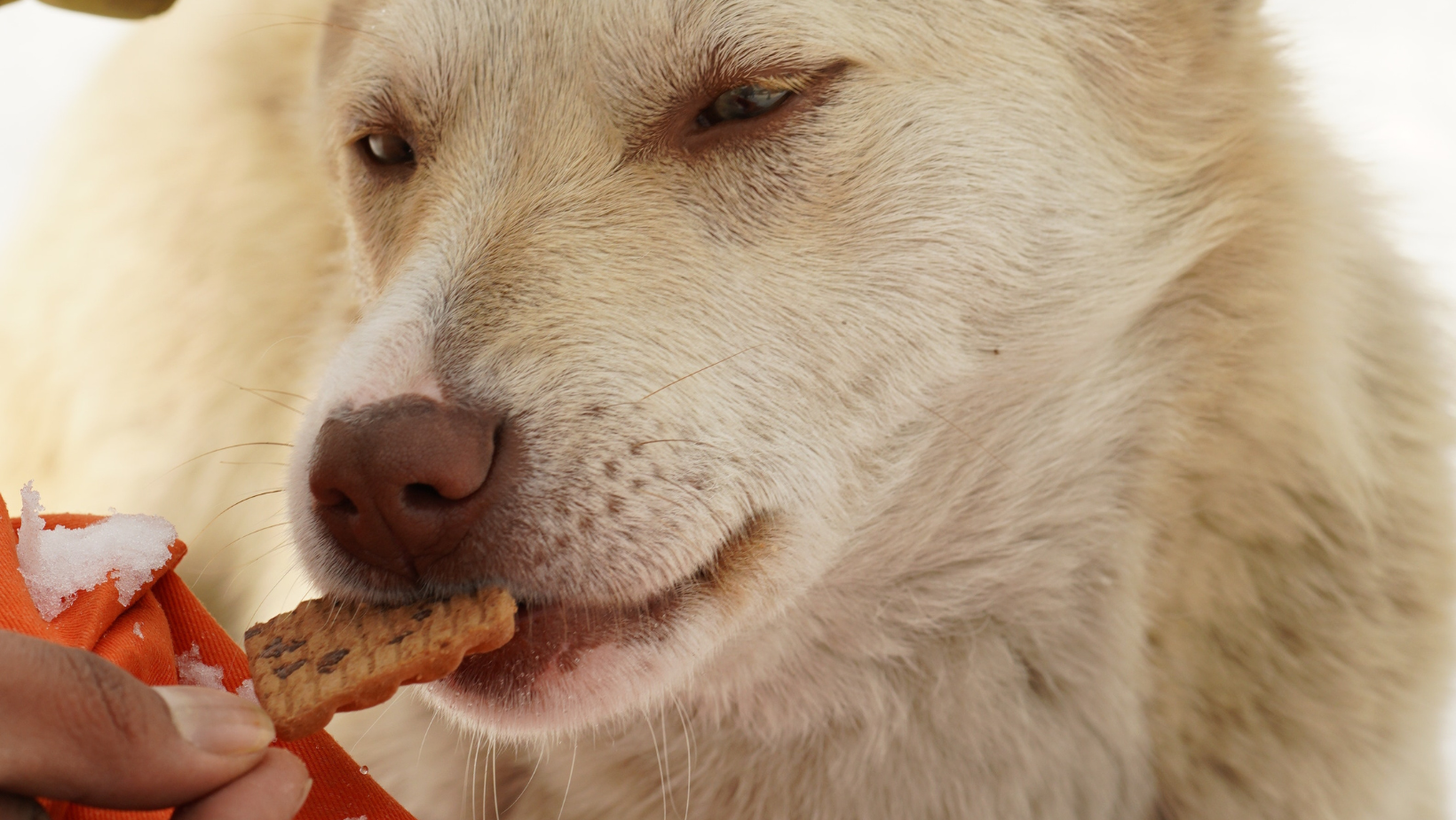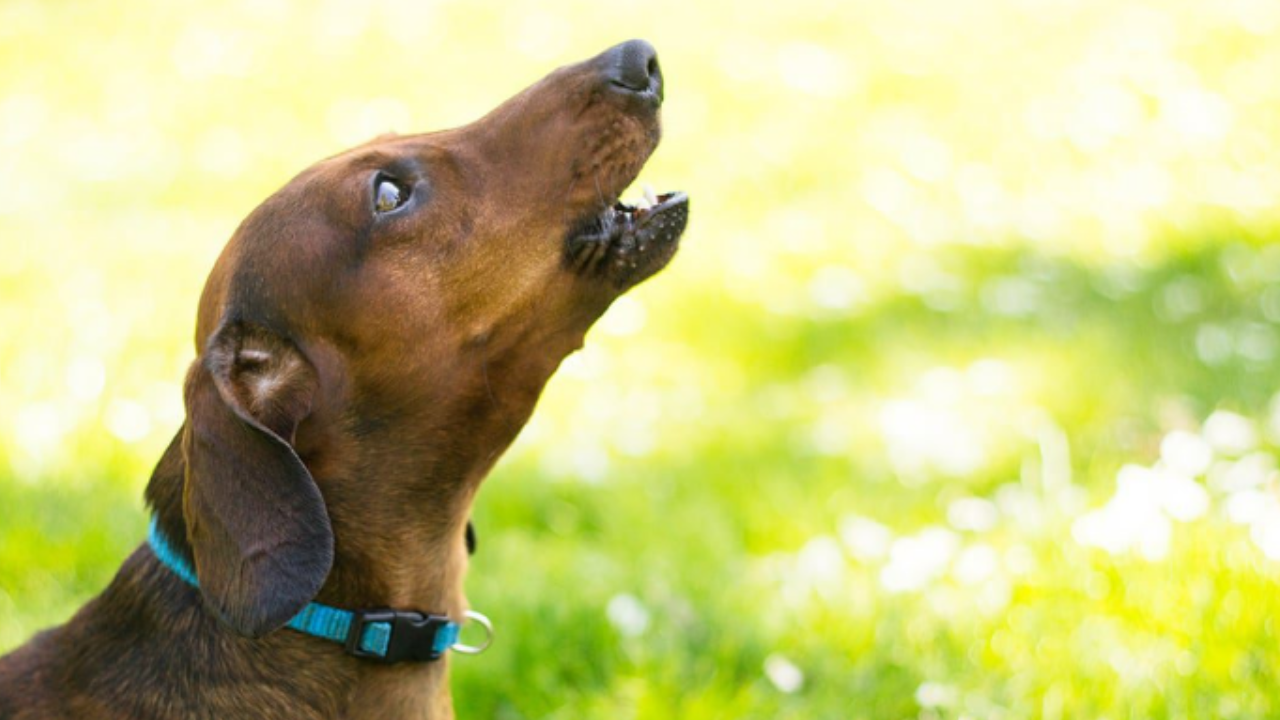Is Feeding Wheat Chapati & Biscuits Right for Dogs?

How often have we fed dogs leftover rotis or purchased inexpensive cookies to feed the homeless? If someone observed that occurring, nobody would bat an eye. It happens so frequently. The fact that dogs should not be fed gluten is something that many Indians are unaware of.
Even while dogs can eat biscuits, they still require a balanced diet, therefore they shouldn’t necessarily consume a lot of them. They will become unwell from eating too many biscuits. They don’t provide enough nutrients for your pet and are consequently not the greatest choice.
However, only biscuits devoid of gluten, wheat flour, sugar, salt, palm oil, chemical preservatives, artificial flavours, animal byproducts, raisins, and other ingredients should be provided to dogs. Dogs do need sugar in the form of carbs, which are further broken down into glucose in their bodies.
However, even when given to dogs as a rare treat, there actually aren’t any advantages to doing so. They should also stay clear from the flavoured flatbreads since they can include elements that are dangerous to animals.
Since flatbreads have a large percentage of empty calories, a dog would receive little to no nutritional benefit from eating them.
How gluten works inside a dog’s gut
Gluten sensitivity is more than enough to cause digestive system damage and, in rare cases, even affect a dog’s general health.
This occurs as a result of a response with the protein component included in grains including rye, barley, and wheat, which may result in a variety of chronic symptoms.
The little, undigested gluten particle behaves like a foreign substance in a dog’s body rather than being flushed out. The microvilli, a finger-like structure found in the small intestine that helps generate more space for nutrition absorption, are flattened by the gluten particle as it remains in the body and occupies its own area.
Because of this, the gluten in roti, biscuits, and other foods will go undigested and cause the dog’s digestion to be less effective.
In the end, it is our duty as dog parents to be aware of the different indications that point to an anomaly in our pet.
Symptoms of gluten sensitivity
- Stomach Problems
The first indication that your dog has a gluten sensitivity is often an increase in mucous in the faeces. Constipation, diarrhoea, loose stools, gas, and even vomiting are all possible symptoms of stomach problems.
- Skin problems
Classic indications of food intolerance include pimples and rashes, dry, flaky skin, and other skin conditions. Although seasonal allergies may be the cause of these sensitive skin symptoms, these observations should not be discounted.
- A lot of scratching
Your dog may scratch excessively before you discover any skin issues. If gluten is to fault, it is important to look into this behaviour.
- Gum chewing
Paw pads that are red and swollen are another indication of a gluten allergy. Dogs with a related allergy may consequently repeatedly lick or chew on their paws.
- State of the coat
Due to a lack of nutritional absorption, a dull coat may indicate gluten sensitivity. The loss of fur may also occur as a result of excessive scratching.
- Loss of weight
The ability of dogs with gluten sensitivities to absorb nutrients from their diets is troublesome. If you’re giving your dog the usual quantity of food but they’re still losing weight quickly, gluten could be the blame.
- Persistent ear infection
Your dog may develop ear infections from yeast buildup as a result of eating too much gluten. The best approach to identify this is to check for black, unpleasant waxy material in their ears or head shaking.
It is safe to assume that any combination of the aforementioned symptoms indicates that your dog is allergic to gluten.
How to avoid the above symptoms (Is Feeding Wheat Chapati & Biscuits Right for Dogs?)
You may start by placing your dog on a gluten-free diet if you happen to have one that is intolerant to it. If doing so lessens their symptoms, it is quite probable that your dog’s pain is being brought on by gluten sensitivity.
After becoming aware of a potential gluten sensitivity, the first thing a person should do is replace their regular diet with a gluten-free one. If the symptoms disappear, gluten intolerance is probably to blame for your dog’s discomfort.
Your dog will benefit more from eating his usual dog food or food that has zero gluten.
Here are some more options that may be used as a compromise to provide your dogs the complete nutrients they need instead of depending just on biscuits and rotis made of gluten.
- Rice with Boiling Chicken
- Almond butter
- Boiled eggs
- Fish
- Vegetables
- Fruits
Chocolate and raisins are the things to stay away from at all costs since they contain xylitol, a form of sugar that is deadly to dogs. It causes a dog’s blood sugar levels to decrease noticeably, which over time increases their risk of seizures, weakness, lack of coordination, and even liver failure. However,
Although the terms “gluten-free” and “grain-free” are frequently used interchangeably, they do not mean the same thing.
A grain-free diet has no traces of wheat, barley, or rice. According to this claim, it is reasonable to presume that all “grain-free” items are also inherently gluten-free, albeit this is not a guarantee. If a dog has a gluten sensitivity, pet owners should be sure to verify the contents before purchasing food for that dog. Avoid products that contain the following
- Bran
- Bulgar
- Couscous
- Flour (simple, self-raising, wholemeal, malted) (plain, self-raising, wholemeal, malted)
- Semolina
- Cereal filler and binders
- Modified starch
- Dough wheat
- Farro
- Kamut/spelt
- Rye
- Barley
The good news is that by excluding gluten from your dog’s diet, you may effectively control the illness. With the always hungry dogs nearby, this won’t always be simple, but if you’ve been busy researching the steps to take for gluten intolerance online, you may now stop.
Keeping your pet gluten-free is the easiest and safest approach to ensure that everything is covered. Due to the increased public awareness of this issue, there are a lot more options for pet diets that are suitable for those with allergies.
Get your hands on the ideal diet for each dog right now.





